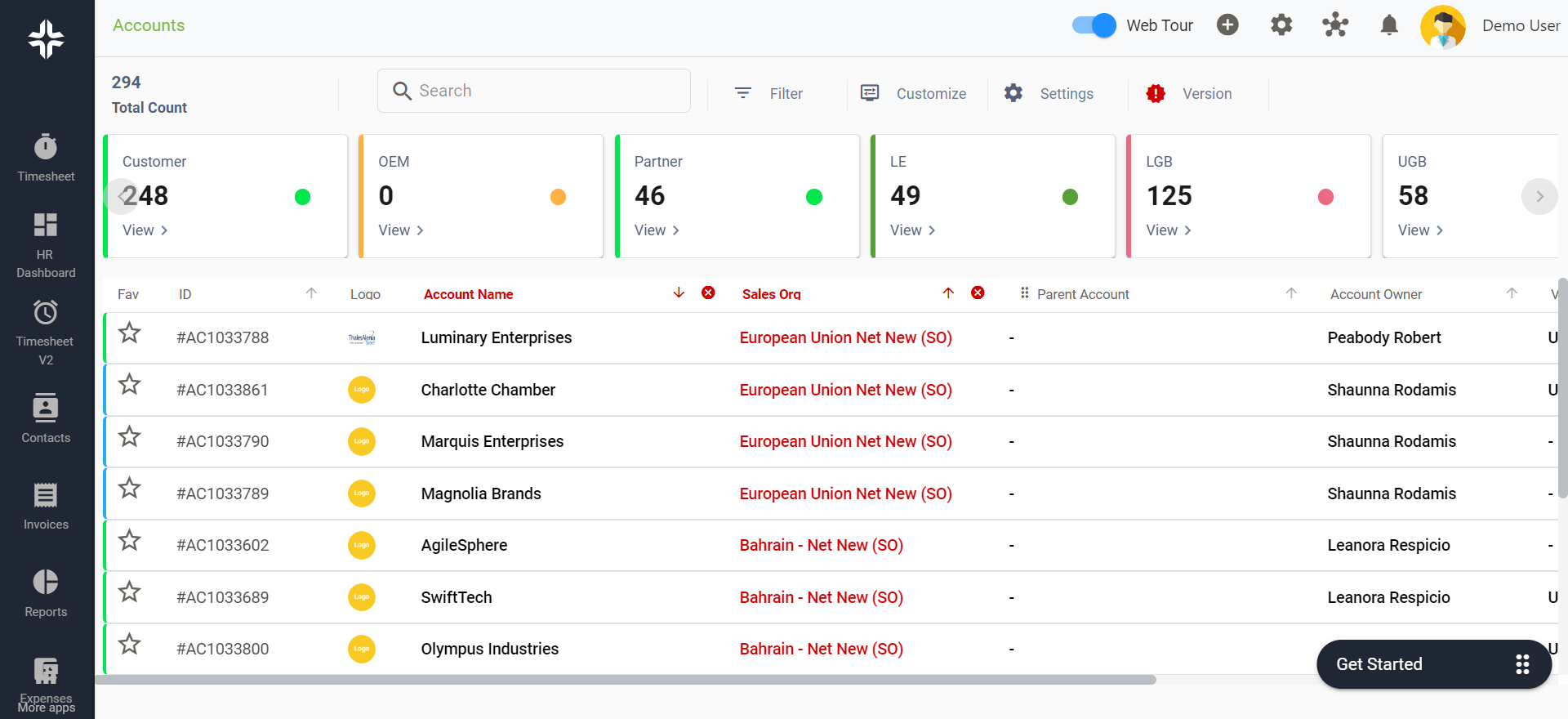
What Is Cost Per Lead?
Cost per lead (CPL) is a pivotal metric in Professional Service Automation (PSA) that measures the cost-effectiveness of marketing campaigns in generating new leads. It encompasses the total marketing spend divided by the number of leads generated from these efforts.
CPL is a marketing metric that calculates the costs of getting a potential customer or lead. A pivotal indicator in evaluating the efficiency of marketing campaigns.
Importance of Cost Per Lead
CPL sheds light on the resources invested in attracting potential customers. It aids in assessing the effectiveness of marketing strategies, enabling marketers to allocate budgets efficiently.
1. Budget Efficiency: CPL helps in assessing the efficiency of marketing budgets and campaigns.
2. Strategic Decision Making: It guides strategic decisions in marketing and lead generation activities.
3. ROI Analysis: Understanding CPL is essential for evaluating the return on investment in marketing initiatives.

Importance of Cost Per Lead
How to calculate Cost Per Lead?
To calculate CPL, divide the total cost of your marketing efforts (including advertisements, content production, and labor costs) by the number of leads generated from these initiatives.
The formula for Cost per Lead is:
Cost per Lead = Total Cost of Marketing Campaign / Number of Leads Generated
This calculation involves summing up all expenses related to a marketing campaign and dividing it by the total number of leads obtained.
Example Calculation of Cost per Lead:
Suppose a marketing campaign costs $5,000 and generates 250 leads:
Cost per Lead=5,000/250=20 dollars per lead
Thus, the Cost per Lead for this campaign is $20.
Cost Per Lead vs Other Sales Metrics
Compared to metrics like conversion rate or return on investment (ROI), CPL specifically focuses on the cost efficiency of acquiring leads. While conversion rate measures the percentage of leads that turn into customers, CPL evaluates the cost associated with each potential lead.
1. Conversion Rate: While CPL measures the cost to acquire leads, the conversion rate focuses on the percentage of leads that turn into paying customers.
2. Customer Lifetime Value (CLV): CLV estimates the total revenue a business can expect from a single customer, differing from CPL’s focus on the initial lead acquisition cost.
| Metric | Definition | Importance / Use |
|---|---|---|
| Cost Per Lead | Average expense to generate a sales lead | Measures the cost efficiency of lead generation efforts |
| Conversion Rate | Percentage of leads that result in a desired action or sale | Reflects the effectiveness of turning leads into customers |
| Customer Acquisition Cost (CAC) | Cost incurred in acquiring a new customer | Measures the cost of acquiring each new customer |
| Sales Pipeline Velocity | Rate at which leads move through the sales pipeline | Indicates the speed and efficiency of the sales process |
How Is Cost per Lead Used?
Analyzing CPL aids marketers in optimizing campaign strategies, identifying the most cost-effective channels, and assessing the overall campaign performance. It facilitates budget allocation and decision-making to maximize lead generation within budget constraints.
Using analytics to understand which channels and strategies yield the most cost-effective leads.
Ready to Optimize Your Cost per Lead Analysis?
KEBS, a leading PSA software, offers tools that can help businesses optimize their Cost per Lead Analysis KEBS project management tools and analytics capabilities can greatly enhance CPL management in PSA.
KEBS helps in identifying the most effective channels and tactics for lead generation. Tracking and analyzing pipeline performance to continuously optimize and reduce CPL.

KEBS Deal Management
For a comprehensive understanding of how KEBS can streamline your lead generation process and optimize marketing costs, contact us or request a demo.



